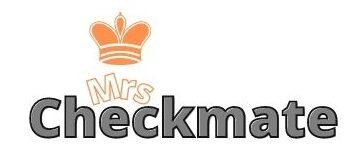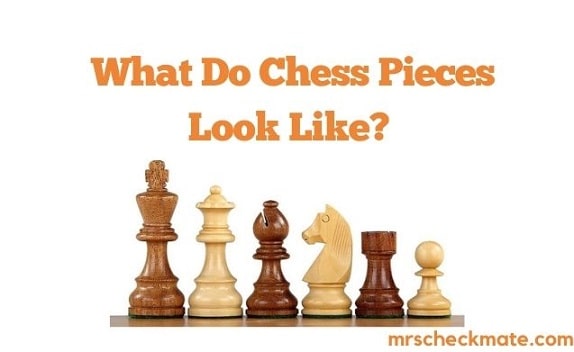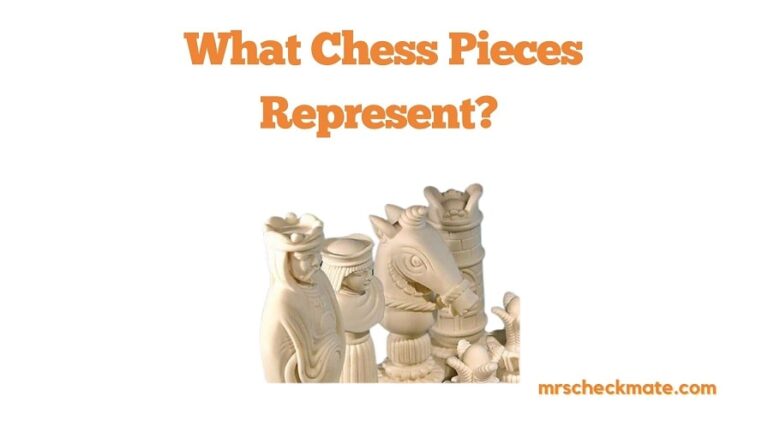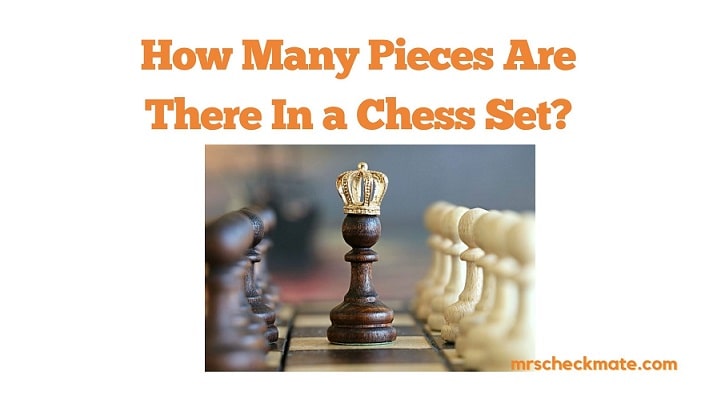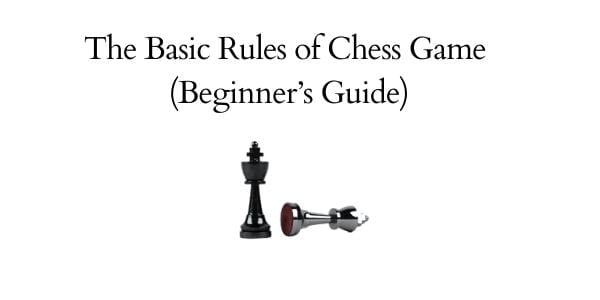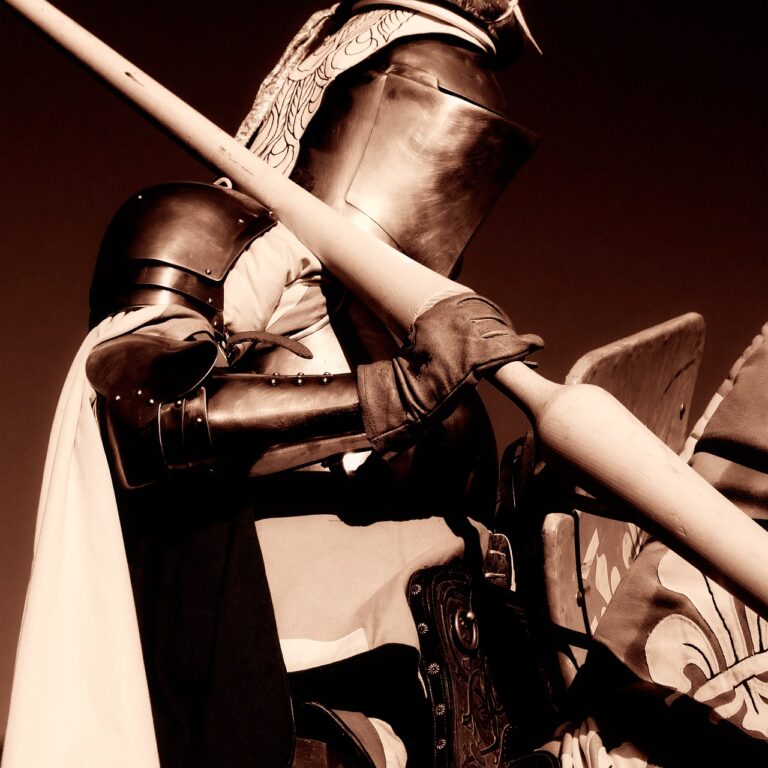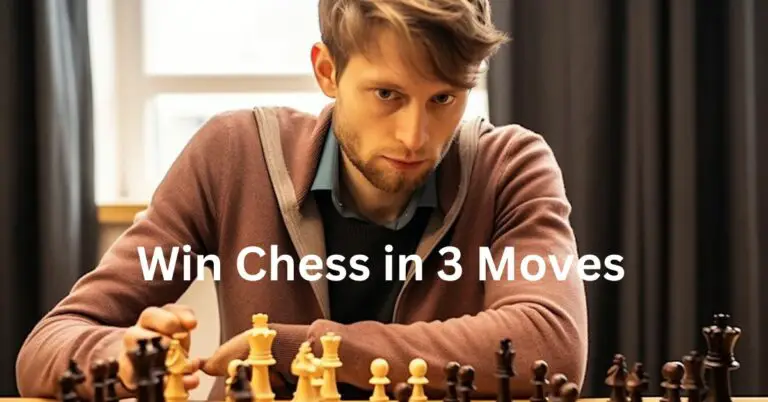Passed Pawn Pushing: The Road to Promotion
In the intricate dance of chess, where every piece has its unique rhythm and role, the pawn often stands out as a silent but potent force. While they may start as the humble foot soldiers of the chessboard, pawns harbor the potential to transform the game’s landscape.
Among these, the passed pawn stands as a beacon of hope, a symbol of potential victory. In this article, we’ll delve deep into the art of nurturing and pushing this powerful asset.
Defining a Passed Pawn
A passed pawn is a pawn with no opposing pawns to prevent it from advancing to the eighth rank, i.e., there are no enemy pawns on its file or on adjacent files that are ahead of it. This unique position gives it a clear path to promotion.For a visual representation, one can refer to what do chess pieces look like.
- Characteristics of a Passed Pawn:
- Unopposed Path: No enemy pawns directly in front.
- Potential to Promote: This can become a more powerful piece if it reaches the opponent’s back rank.
- Magnetic Force: Often attracts enemy pieces, diverting their attention.
Diagram:
| a | b | c | d | e | f | g | h |
|---|---|---|---|---|---|---|---|
| P | |||||||
P represents the passed pawn.
The Value of a Passed Pawn
The presence of a passed pawn can significantly alter the dynamics of a game. Its potential to become a queen or any other piece makes it a formidable threat that cannot be ignored.
- Strategic Advantages:
- Endgame Potential: In endgames, a passed pawn can be the deciding factor between a win and a draw.
- Distraction: Opponent’s pieces may be tied down to block or capture the pawn.
- Leverage: Can be used as a bargaining chip in exchanges or to create tactical opportunities.

Understanding the inherent value of a passed pawn and leveraging it effectively can be the key to unlocking many strategic doors in a game of chess.
With these foundational concepts in place, we’ll soon explore the techniques to create and capitalize on passed pawns, ensuring they march forward with purpose and power.
For beginners, understanding the nuances of such strategies can be daunting. A good starting point would be chess tips for beginners.
Creating a Passed Pawn
The creation of a passed pawn is often a result of careful planning and strategic exchanges. It’s not just about having a pawn that can run freely toward promotion, but about setting up the conditions for it to do so.
- Strategic Exchanges:
- Opt for pawn trades that clear the path for potentially passed pawns.
- Recognize when to initiate exchanges and when to avoid them.
- Exploiting Open Files:
- Use rooks and queens to control open files, paving the way for pawn advancement.
- Pressure points of entry to deter enemy pieces from blocking or capturing advancing pawns.
- Pawn Majorities:
- Recognize and utilize pawn majorities on one side of the board.
- Push pawns in tandem to create potential passed pawns.
For a deeper understanding of pawn structures, pawn structure basics is an invaluable resource.
Pushing the Passed Pawn
Once a passed pawn is created, the next challenge is to advance it safely towards promotion. This requires both tactical and strategic insights.
- Timing:
- Recognize the right moments to push the pawn.
- Avoid rushing; sometimes, it’s better to improve the position of other pieces first.
- Support from Other Pieces:
- Use rooks, bishops, and knights to protect and support the advancing pawn.
- Keep the king close in endgame scenarios for added support.
- Avoiding Pitfalls:
- Be wary of tactical motifs that target the passed pawn.
- Ensure the pawn’s path is free from threats and pins.

For those looking to set the stage right from the start, understanding how to set up a chess board is fundamental.
Defending Against a Passed Pawn
A passed pawn isn’t just a concern for the player who possesses it. If you’re on the defensive side, it’s crucial to know how to neutralize this threat.
- Blocking Techniques:
- Use pieces, especially knights and kings, to block the pawn’s path.
- Establish a stronghold in front of the pawn to prevent its advance.
- Sacrificing for the Greater Good:
- Sometimes, giving up material to eliminate a dangerous passed pawn is the best strategy.
- Assess the overall position before deciding on such sacrifices.
Endgame Scenarios with Passed Pawns
The endgame is where the true power of a passed pawn shines. Understanding key endgame positions involving passed pawns can be the difference between victory and defeat.
- King and Passed Pawn vs. King:
- The concept of “distant opposition” and “key squares.”
- Techniques to shepherd the pawn to promotion.
- Rook and Passed Pawn vs. Rook:
- The importance of cutting off the enemy king.
- Defending against threats to the passed pawn.
With these strategies in hand, the passed pawn becomes a formidable weapon, capable of turning the tide in many a chess battle.
For those keen on diving deeper into pawn strategies, advanced pawn tactics offers a comprehensive guide.
Famous Games Highlighting Passed Pawn Pushing
Throughout chess history, numerous games have showcased the power of the passed pawn. These games not only highlight the pawn’s potential but also offer valuable lessons on how to handle such situations.
- Capablanca vs. Tartakower, 1924:
- A masterclass in endgame technique, where Capablanca’s passed pawn on the d-file became the game’s focal point.
- Tartakower’s attempts to blockade the pawn were expertly countered, leading to a decisive victory for Capablanca.
- Kasparov vs. Karpov, 1986:
- In their World Championship match, Kasparov’s passed pawn on the a-file became a significant distraction for Karpov.
- The game showcased the importance of supporting a passed pawn with other pieces.
Practical Tips and Exercises
Mastering the art of passed pawn pushing requires both theoretical knowledge and practical application. Here are some exercises and tips to hone your skills:
- Pawn Promotion Drills:
- Set up positions with a passed pawn and practice pushing it to promotion against various defenses.
- Focus on coordinating your pieces to support the pawn.
- Defensive Exercises:
- Practice scenarios where you have to stop an opponent’s passed pawn from promoting.
- Experiment with different piece combinations to find the most effective blockades.
- Tactical Puzzles:
- Solve puzzles that revolve around creating or exploiting passed pawns.
- Focus on recognizing patterns and motifs associated with passed pawns.
Conclusion
The passed pawn, while seemingly unassuming, carries with it the weight of potential victory. Its journey from creation to promotion is fraught with challenges, but with the right strategies and understanding, it can become a game-changer. Whether you’re pushing your own passed pawn or defending against one, mastering the intricacies of this aspect of chess can elevate your game to new heights.
For those eager to explore more facets of the game, resources like what size chess board do I need and why is the knight important in chess can further enhance your understanding.
FAQ
- What is a passed pawn in chess?
- A passed pawn is a pawn with no opposing pawns to prevent it from advancing to the eighth rank. This means there are no enemy pawns on its file or on adjacent files that are ahead of it, giving it a clear path to promotion.
- Why is a passed pawn considered valuable?
- A passed pawn is valuable because of its potential to promote to a more powerful piece, typically a queen. Its presence can exert significant pressure on the opponent, forcing them to divert resources to block or capture it.
- How can I create a passed pawn in my games?
- Creating a passed pawn often involves strategic pawn exchanges, exploiting open files, and utilizing pawn majorities. Recognizing potential pawn breaks and initiating timely exchanges can pave the way for a passed pawn.
- How do I defend against an opponent’s passed pawn?
- Defending against a passed pawn involves using pieces to block its path, cutting off supporting pieces, and sometimes even sacrificing material to eliminate it. The king, in particular, plays a crucial role in stopping a passed pawn, especially in endgame scenarios.
- Are there specific endgame techniques involving passed pawns?
- Yes, there are several key endgame techniques involving passed pawns. Some of these include using the king to support or block the pawn, understanding the concept of “distant opposition,” and employing rooks to either support the pawn’s advance or cut off the enemy king.
These FAQs provide a quick overview of the core concepts discussed in the article and serve as a handy reference for readers looking to reinforce their understanding of passed pawn strategies.
